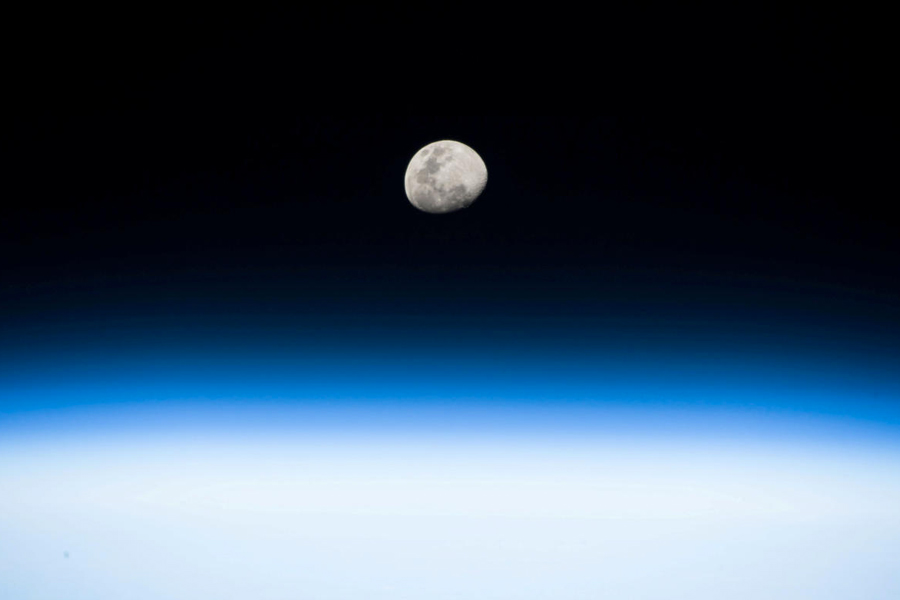China successfully landed a lunar lander on the far side of the moon on Sunday morning, the country’s space agency announced, taking the mission one step closer to bringing back the first sample from the part of the moon that earthlings never see.
The Chang’e-6 unmanned probe touched down on the moon’s South Pole-Aitken basin at 6.23am, China’s National Space Administration said in a statement.
The agency released a video taken by the landing camera as the probe touched down. In the video, the surface of the moon, pockmarked with craters, gets closer and closer as the lander descends.
Chang’e-6, named after the Chinese moon goddess, is the second mission to have touched down on the far side of the moon. Its predecessor, Chang’e-4, made history as the first to do so in 2019.
The far side of the moon is distinct from the near side, where the US, China and what was then the Soviet Union have gathered samples. It has a thicker crust, more craters and fewer maria, or plains where lava once flowed. It’s unclear why the two sides of the moon are so different; the samples collected by Chang’e-6 could provide some clues.
The South Pole-Aitkin basin, a massive impact crater about 1,600 miles wide, is among the largest in the history of the solar system, and the impact that created it is thought to have dug up material from the lunar mantle. That material, if it can be retrieved, could help scientists learn more about the history of the moon’s insides.
China is the only country to have sent missions to the far side of the moon so far, and the missions are part of its growing space ambitions in an increasingly competitive global environment. The country has successfully launched a mission to Mars and has plans for a future visit to an asteroid. It also aims to put a person on the moon before 2030, which would make it the second nation to do so after the US.
Chang’e-6 is the third mission to land on the moon this year. Japan became the world’s fifth country to reach the moon’s surface when its Smart Lander for Investigating Moon landed there in January. Odysseus, a privately operated spacecraft built by Intuitive Machines of Houston, landed in February.
Chang’e-6 lifted off on May 3 from the Wenchang space site on Hainan Island in southern China. It reached the moon on May 8, China’s space agency said, and orbited it for several weeks before touching down. The descent took about 14 minutes, and the probe used cameras and 3-D laser scanning to avoid obstacles as it landed, the agency said.
The probe will collect samples for about two days, gathering rocks and soil from the lunar surface and also drilling down into the ground to collect subsurface samples, the agency said.
It will then spend additional weeks in lunar orbit preparing for a five-day return trip to Earth. The full mission is expected to take about 53 days, according to the agency.
Missions to the far side of the moon are complex because it is impossible to directly establish communications with probes there.
In 2018, China sent the Queqiao satellite into lunar orbit to relay information from Chang’e-4 to Earth. It launched a second satellite this March. The two satellites will be used in tandem to remain in contact with Chang’e-6 as it collects samples.
New York Times News Service










